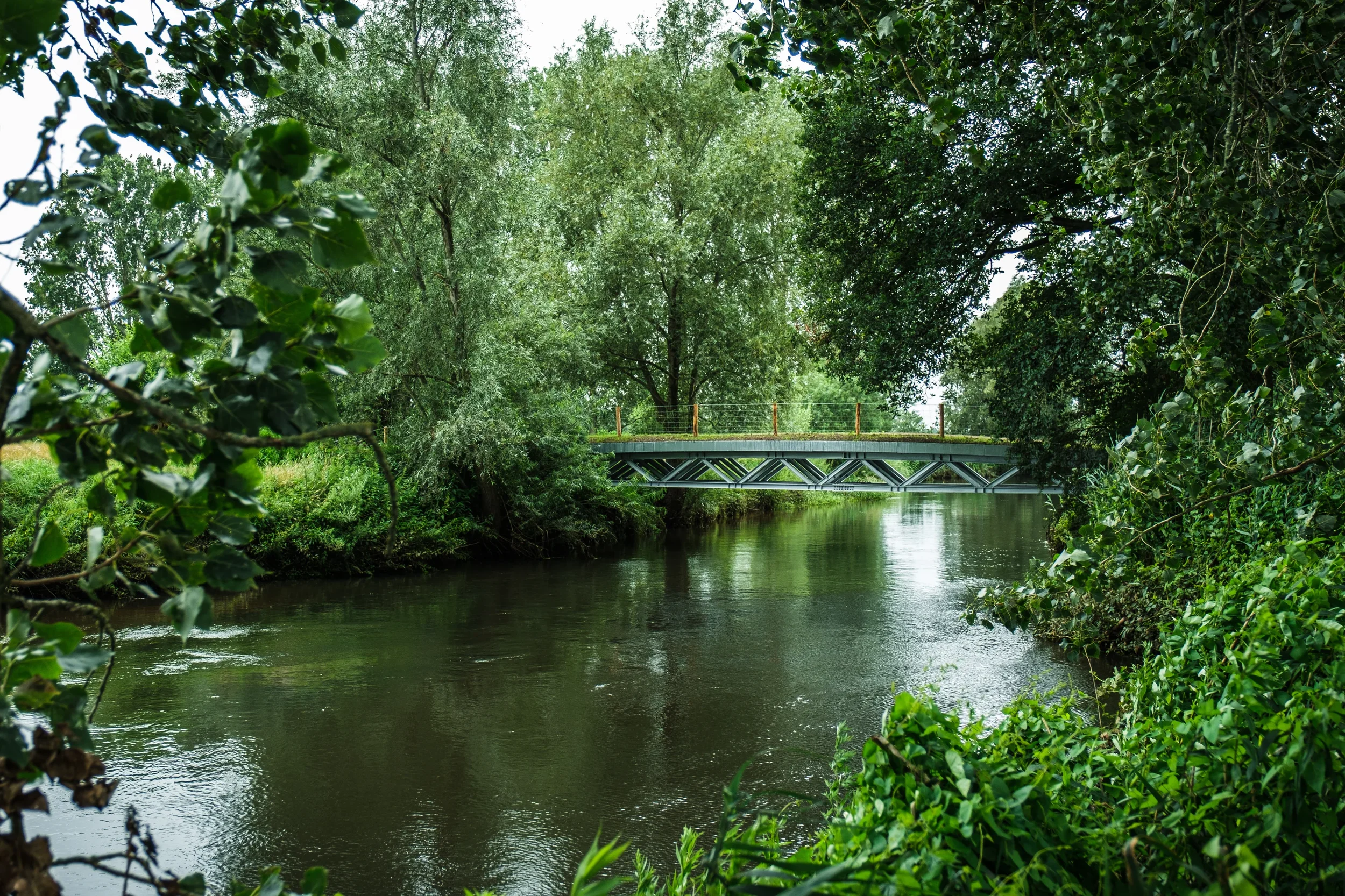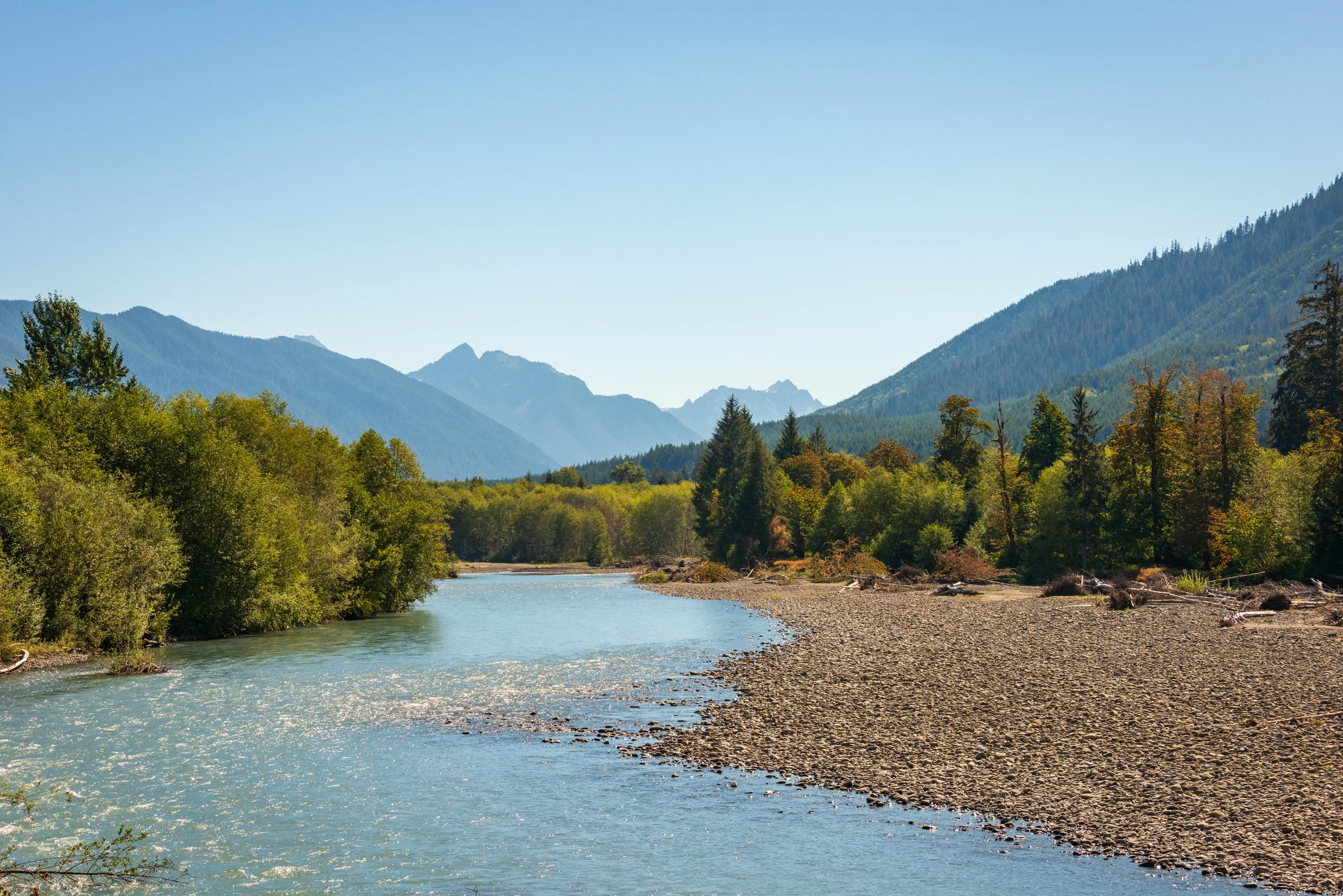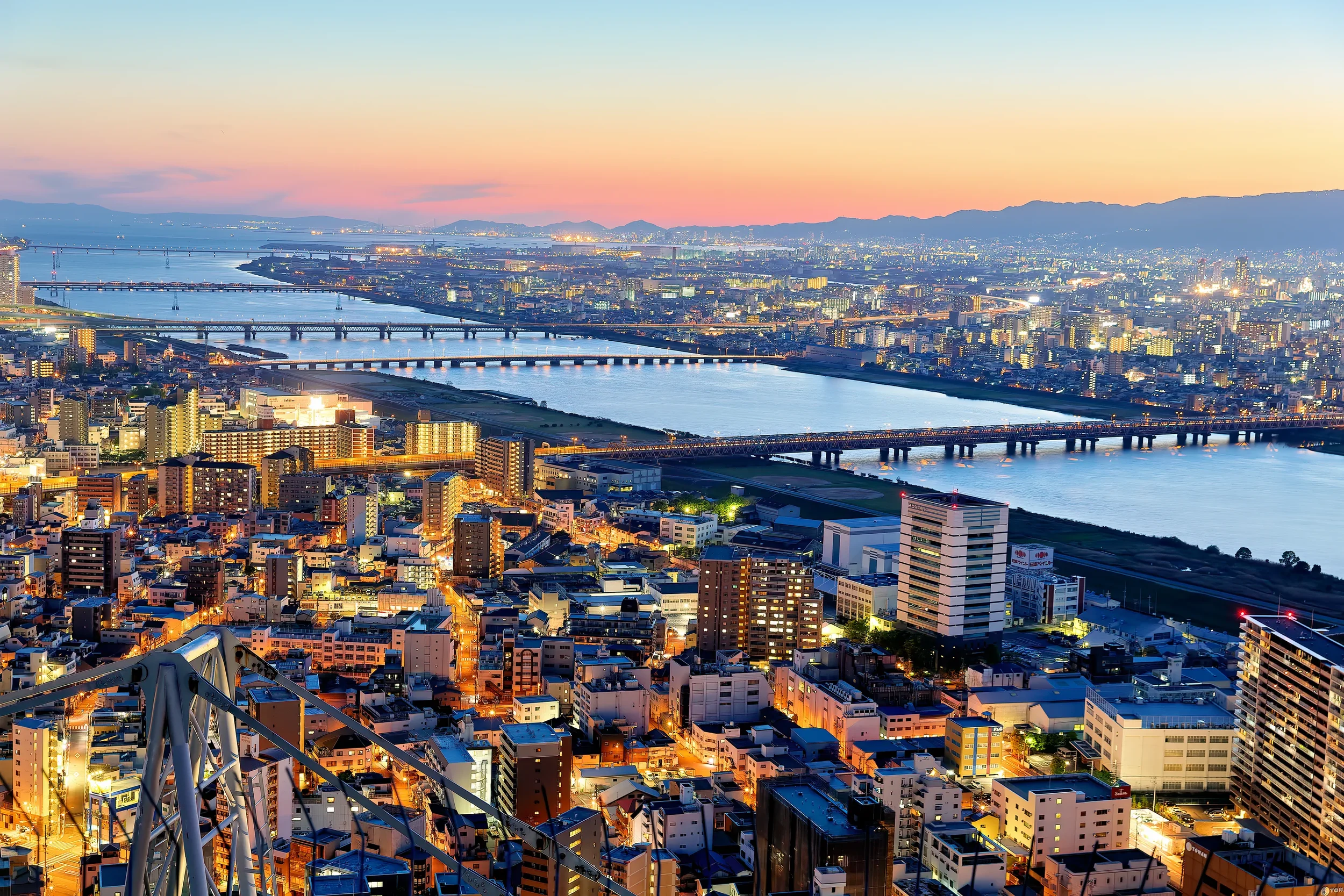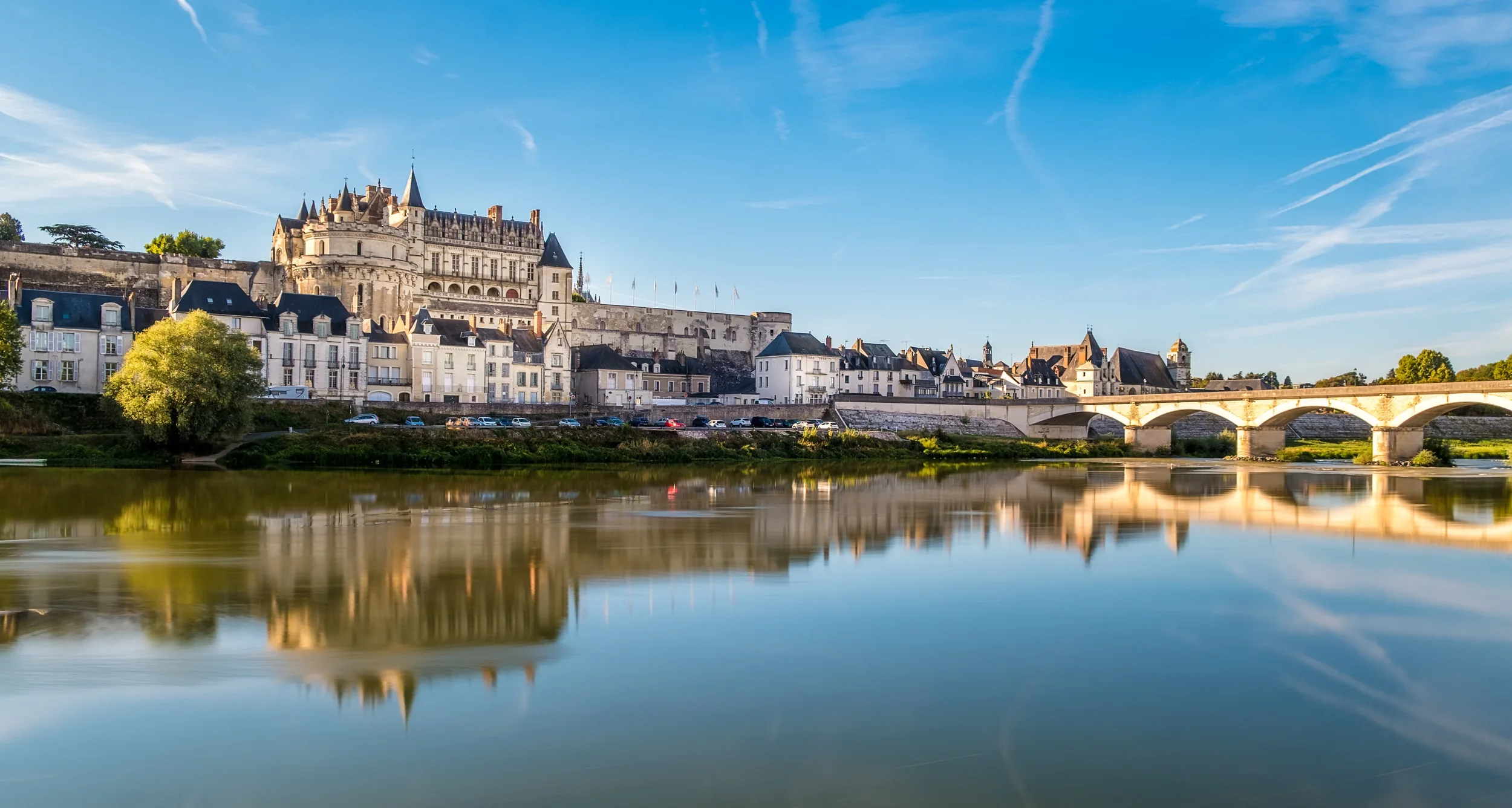River Restoration Success Stories: Lessons Learned and Best Practices
by Rivers are Life Team
Rivers are the lifelines of our planet, coursing through landscapes, shaping ecosystems, and providing sustenance to both wildlife and humanity. However, the health of many rivers has been compromised by human activity, from pollution to damming. The good news is that restoration efforts around the globe are proving that it's possible to heal these vital waterways. Let's dive into some inspiring success stories, along with the valuable lessons learned and best practices that have emerged from these endeavors.
The Dommel River, Netherlands: Nature-Based Solutions
In the Netherlands, the Dommel River restoration project showcases the effectiveness of nature-based solutions in improving river health and resilience. Historically, the Dommel River suffered from pollution, habitat degradation, and flooding exacerbated by urbanization and agricultural practices.
To address these challenges, a multifaceted restoration approach was implemented. This included:
Floodplain Restoration: By restoring natural floodplains and creating retention areas, the Dommel River's capacity to absorb and mitigate floodwaters has been enhanced. This reduces the risk of flooding for nearby communities and provides valuable wildlife habitat.
Water Quality Improvement: Efforts to reduce pollution from agricultural runoff and urban sources have led to improvements in water quality along the Dommel River. This has benefited aquatic ecosystems and promoted recreational activities such as fishing and boating.
Biodiversity Conservation: Through habitat restoration initiatives, including the planting of native vegetation and the creation of fish passages, the Dommel River has become a haven for biodiversity. Endangered species such as the European otter have returned to the river, signaling the success of conservation efforts.
The Dommel River restoration project exemplifies the importance of integrating nature-based solutions into river management strategies. By working with, rather than against, natural processes, the Dommel River has been transformed into a resilient and thriving ecosystem.
Learn more about the Dommel River restoration project by watching our film “Portrait of a River.”
The Elwha River, USA: Unleashing Nature's Power
The Elwha River restoration project in Washington State stands as a testament to the transformative power of undoing human interference. For over a century, two dams had blocked salmon migration and disrupted the river's natural flow. But in one of the largest dam removal projects in history, both dams were demolished between 2011 and 2014.
The results were nothing short of miraculous. Within months, salmon returned to their ancestral spawning grounds, their numbers multiplying exponentially. The rejuvenated river ecosystem also saw the resurgence of other wildlife, from bald eagles to bears. The key lesson from the Elwha River project? Sometimes, letting nature take its course is the most effective form of restoration.
The Yodo River, Japan: Community Collaboration
In Japan, the Yodo River once faced severe pollution and degradation due to urbanization and industrialization. However, a collaborative effort between government agencies, local communities, and environmental organizations turned the tide.
Through extensive cleanup initiatives, including sewage system upgrades and riverbank restoration, the Yodo River has been revitalized. Today, it serves as a recreational hub for residents and visitors alike, boasting clean water and thriving ecosystems. The success of the Yodo River restoration underscores the importance of community involvement and stakeholder engagement in river revitalization efforts.
The Loire River, France: Balancing Ecology and Economy
In France, the Loire River exemplifies how river restoration can harmonize ecological conservation with economic development. Recognized as a UNESCO World Heritage Site, the Loire Valley is home to a rich tapestry of biodiversity and cultural heritage.
Efforts to restore the Loire River have focused on preserving its natural habitats while also promoting sustainable tourism and agriculture. Through measures such as reforestation, wetland restoration, and eco-friendly farming practices, the health of the river has improved while supporting local livelihoods. The lesson here is that successful river restoration requires a holistic approach that considers both environmental and socio-economic factors.
Best Practices for River Restoration
Holistic Planning: Develop comprehensive restoration plans that address the ecological, social, and economic aspects of river ecosystems.
Community Engagement: Involve local communities, stakeholders, and indigenous peoples in decision-making processes to ensure their voices are heard and respected.
Adaptive Management: Implement flexible strategies that can adapt to changing environmental conditions and unforeseen challenges.
Partnerships: Foster collaborations between government agencies, non-profit organizations, academia, and the private sector to leverage resources and expertise.
Long-Term Monitoring: Establish monitoring programs to track the effectiveness of restoration efforts and identify any emerging issues.
Conclusion
The success stories of river restoration remind us of the resilience of nature and the power of collective action. By learning from these experiences and embracing best practices, we can continue to heal and protect our precious waterways for future generations. Together, we can ensure that rivers remain vibrant, thriving ecosystems that sustain life and inspire wonder for years to come.
Let's keep the currents of restoration flowing, one river at a time.
Here are some sources where you can find more information and facts about the river restoration projects mentioned in the blog post:
Dommel River Restoration Project:
Nature-Based Solutions - Dommel River Restoration
The Elwha River, USA:
National Park Service - Elwha River Restoration
National Geographic - Elwha River Dam Removal
Washington State Department of Ecology - Elwha River Restoration
The Yodo River, Japan:
World Bank - Yodo River Basin Environmental Management
The Loire River, France:




